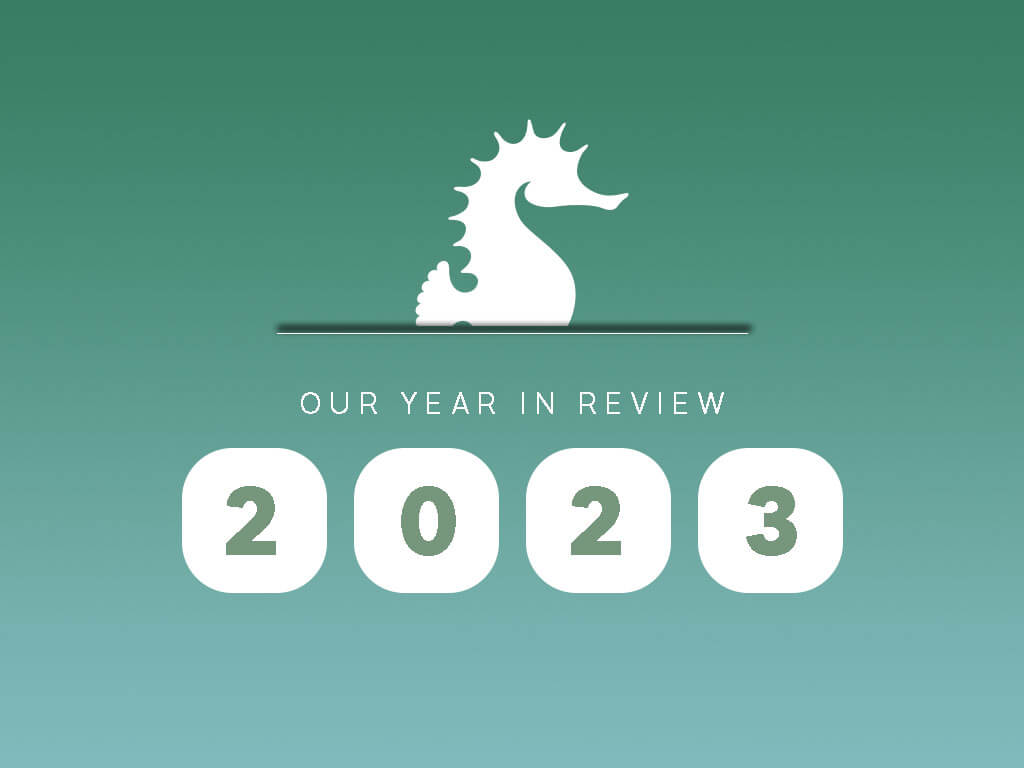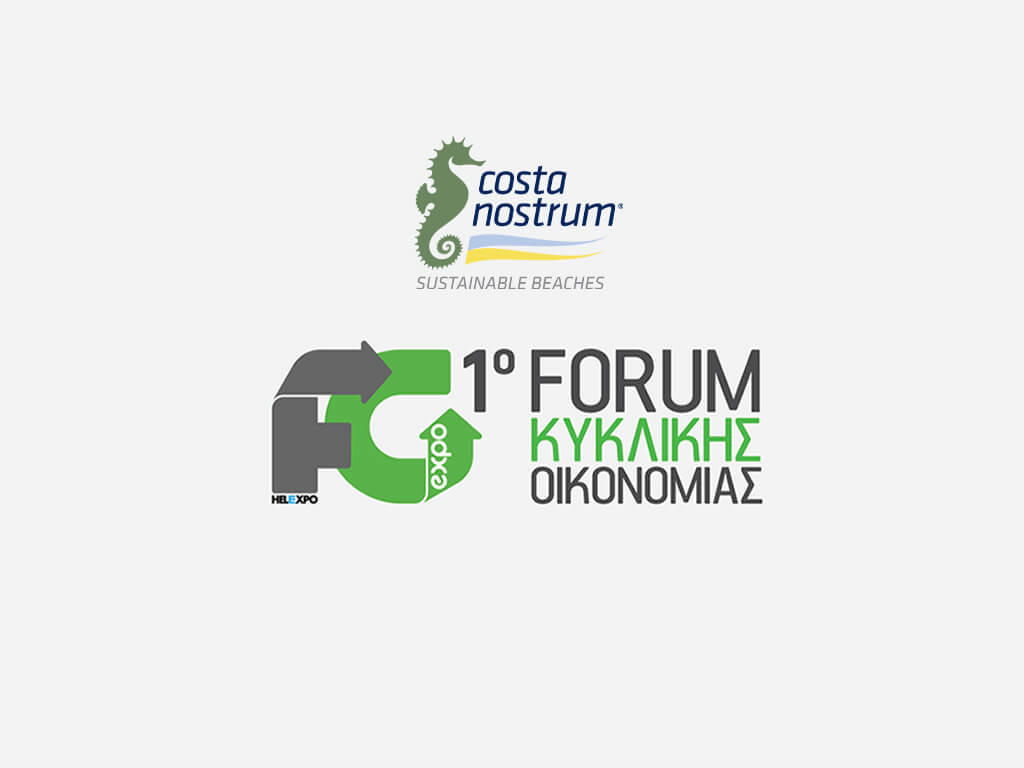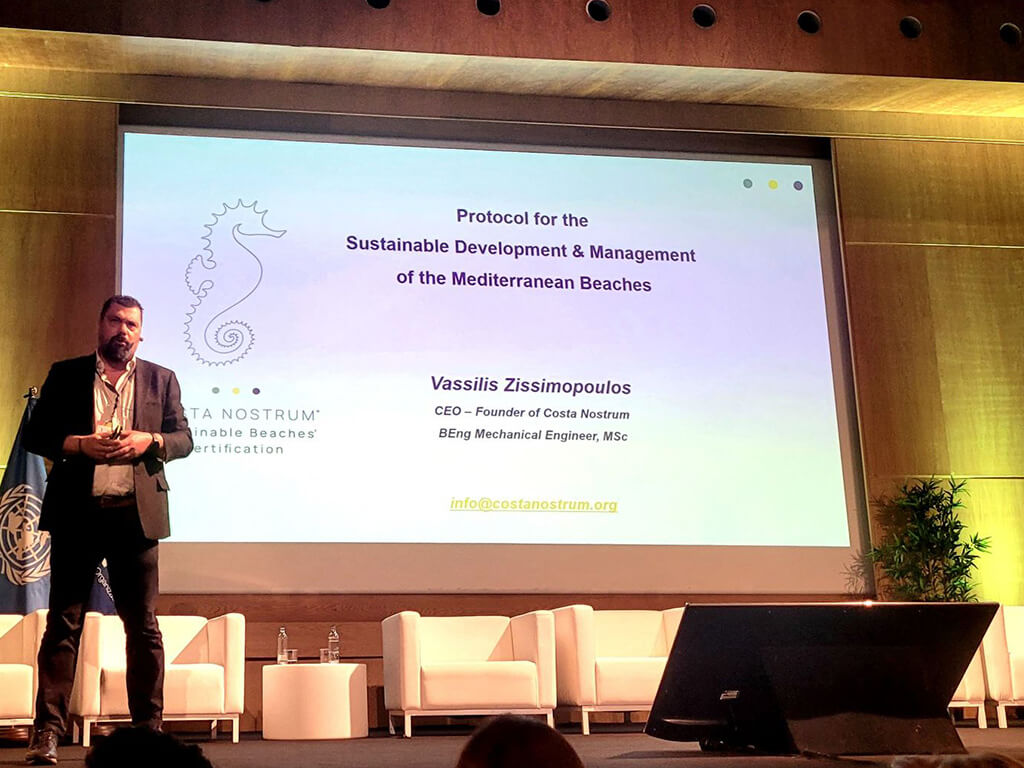In recent years, the growth of tourism has been so impressive that the 72% decrease in travel in the first ten months of 2020 compared to the previous year brought it back to 1990 levels. Leisure travel occupies the largest market share all but the rest also contribute. Business travelers stay in hotels, eat in restaurants and rent cars. Some visits to relatives or friends are not much different from vacations.
Not only is there more travel, but the world seems to have grown. In 1950 the 15 most popular destinations – with America, France, Italy and Spain holding the scepter – welcomed 97% of tourist arrivals. By 2015, Europe, with its historic cities, countryside and beaches, remains at the top and receives just over 50% of all international travelers, twice the number of tourists visiting the Asian region. Pacific, which is the next most popular destination. The most popular destinations may not have changed much, but the composition of the tourists, yes. Chinese travel abroad increased from just 9 million in 1999 to 150 million in 2018.
The preference of tourists for richer countries has created huge industries. In Spain, tourism, domestic and international, accounted for 11.8% of GDP in 2018, in France at 7.4% and in Mexico at 8.7%. The poorest countries rely even more on tourist money. In Aruba, tourists account for almost three-quarters of GDP, and in the smaller Caribbean islands, tourism is the main economic activity.
Losses from reduced travel
Avoiding the trips brought by the pandemic causes huge upset. UNCTAD estimated that losses from a 66% reduction in travel by 2020 would account for 2.8% of international production. The OECD now estimates that this fall is closer to 80%. And the forecast is that international travel will not recover to pre-pandemic levels by 2023.
Tourism is a resilient industry, facing an unprecedented recession. Many tourist-dependent businesses are unlikely to survive. According to the WTCC, about 80% of tourism businesses worldwide, from hotels and restaurants to tour guides, are small businesses.
The uncertain path to recovery raises questions about what will remain. The World Tourism Organization estimates that the countries where domestic tourism predominates – the US, China and India have the most extensive domestic markets – will recover faster. However, even domestic tourism is not a lifesaver. Britain and Spain, for example, estimate that domestic tourism declined by 45-50% in 2020.
These problems have provoked various reactions for businesses to survive. Some countries, such as France, which announced an $ 18 billion bailout package in May, channeled money directly into tourism businesses. Others try to reassure tourists about safety by developing protocols and guidelines for tourism workers. Portugal, Finland and Greece are among the countries that have created new training programs to improve the digital presence of tourism businesses.
Private accommodation and hotels
Some parts of the tourism economy will cope better. Travel agencies have noticed an increase in preference for self-catering private accommodation over hotels. Coastal and countryside locations, away from the crowds, will recover faster than cities. The Expedia website states that its customers prefer to drive to domestic destinations and spend more time there. These trends, however, are estimated to be temporary.
The mood for travel seems almost certain to survive the virus. Its first event will probably be “vengeful tourism”, as the world will overflow after a year with lockdowns and quarantines. But some things will change for the better. Health and hygiene, which has preoccupied travelers in ancient times, will once again become central to holiday planning. Tourist destinations will continue to advertise their landscapes, cuisine and beaches, but safety and hygiene will be just as important. This is likely to benefit many tourist destinations for many years, driving visitors away from the poorest countries. However, these states will not try to avoid tourists.
The digital presence
Some remote destinations have taken advantage of the cessation of tourism to create a better digital presence. Several innovations have made their appearance that make travel easier. Flexibility in dealing with last-minute changes is something that experts estimate has come to stay. Delayed or last-minute bookings are now more common.
Many travel companies and airlines have introduced more flexible booking policies. Faced with a wave of cancellations as the pandemic spread, Expedia introduced “one-click cancellation”, which included everything from flights to car rental. Companies using its platform use new tools to add special offers and encourage last-minute bookings and manage refunds. Gathering real-time data from searches, and making it available to companies based on last year’s pricing information, can also lead to a better match between supply and demand. In the future, personalized customer data will allow travel companies to offer holidays tailor-made for the traveler.
New models of tourism development, more sustainable and durable
The pandemic is “a unique opportunity to move towards models of tourism development that will be more sustainable and resilient,” the OECD notes, as concerns about the impact of tourism on the environment began to be expressed much earlier. But tourism broadens our understanding of other cultures and environmental issues and helps fund wildlife conservation while also offering employment and economic growth.
Many tourist destinations had not managed to find a balance between the number of tourists and local sensitivities. Venice residents have long complained about the huge cruise ships, with some companies no longer stopping in the city. Venice also plans to impose a levy on all visitors from 2022. Anti-tourist slogans greeted visitors in Barcelona, and the city took action against illegal rentals (as did Berlin and other cities where tourist rental was reduced. availability of housing and raised prices for residents). Amsterdam is considering banning the sale of cannabis to non-residents to attract a better kind of tourists. Machu Picchu, where a threshold of 5,000 visitors a day before the pandemic had already been imposed, will reduce that number to 675 to ensure social distancing.
The Barcelona campaign
The pandemic offers an opportunity not only to restart tourism by reducing those numbers who spend less money, but also to disperse them more. Barcelona has launched a campaign to encourage visitors to explore outside the old town as well. Focusing on attracting fewer tourists willing to spend more money is one way of promoting healthier businesses. And sustainability may be a more critical choice as awareness of climate change and the impact of tourism grows.
A dynamic tourism economy depends on the availability of various services, from accommodation to activities and events. It is not clear whether several of these services will be able to be maintained everywhere. Fewer choices and competition may mean higher prices. The rapid growth of tourism economies in recent years indicates that they can return. However, for those governments that redesign their tourism strategy to reduce crowds and protect the environment, many more are likely to apply significant discounts to fill hotels and airplanes. The number of tourists will recover and will continue to grow no matter what. Trying to manage them better will provide an improved experience for everyone.
from: iefimerida.gr








